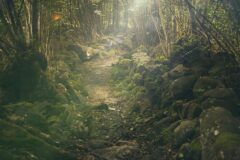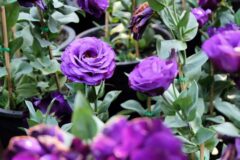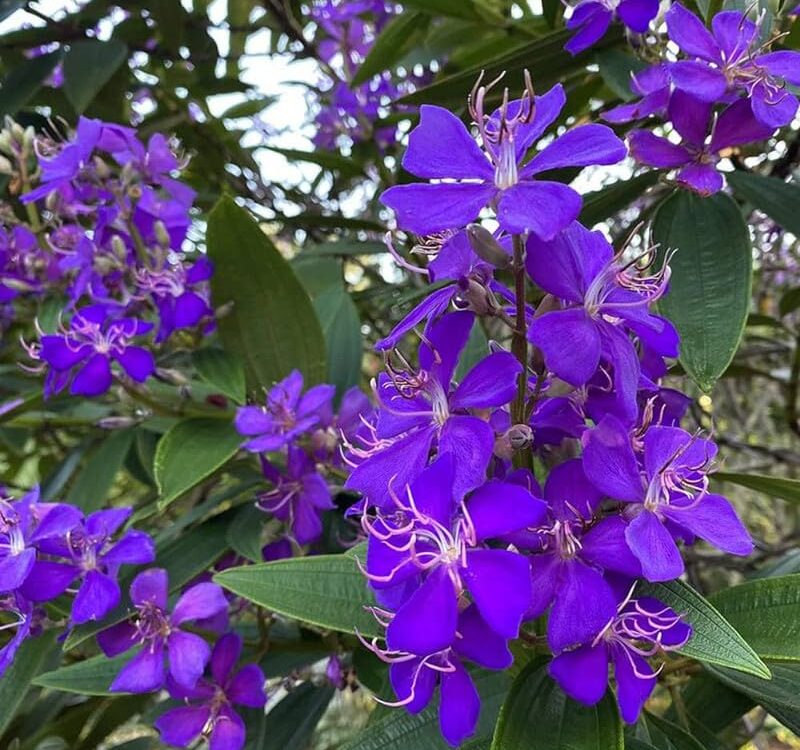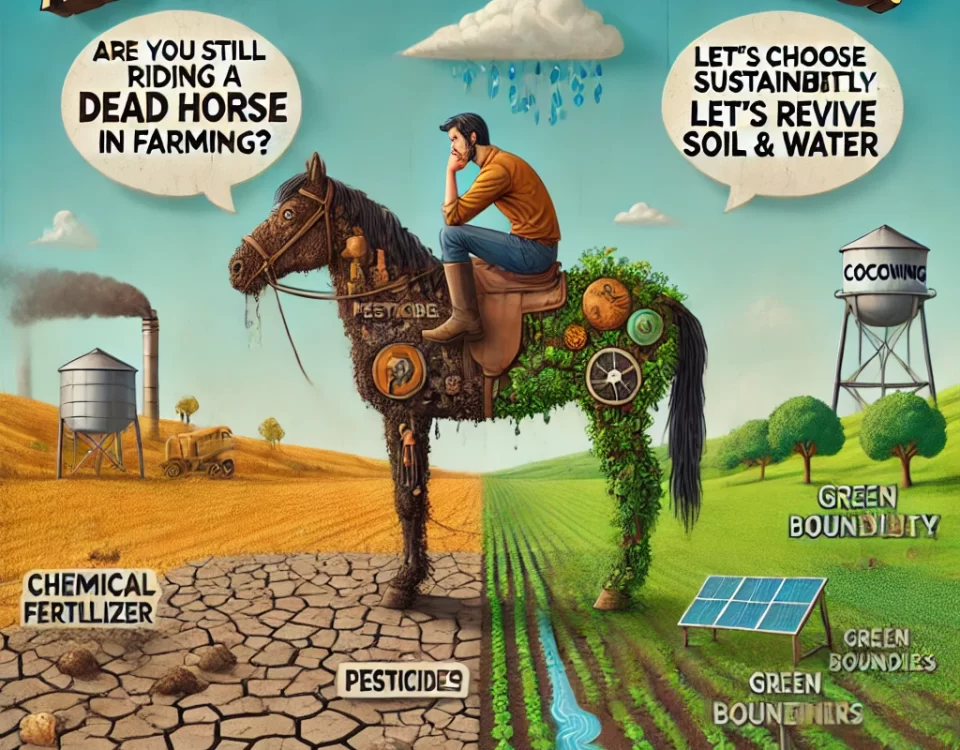Modification is required to the Miyawaki Forest concept but before we understand why and what modification, we need know, what it is? and why people grow it?- Part 2 of the series on Miyawaki Forest
Miyawaki forests, a method pioneered by Japanese botanist Akira Miyawaki, grow 10 times faster than conventional forests. Here’s what sets this method apart:

1. Native Species Selection
- The Miyawaki method uses only native plant species, which are naturally adapted to the local soil, climate, and ecosystem. This allows the plants to grow faster and thrive without extensive maintenance.
2. Dense Planting
- In Miyawaki forests, saplings are planted very close to each other—usually 3-5 plants per square meter. This dense planting fosters competition among plants for sunlight, water, and nutrients, which accelerates growth.
3. Multi-Layered Design
- The forest is designed with four layers of vegetation: shrubs, sub-trees, trees, and canopy species. This mimics the structure of a natural forest, creating a self-sustaining ecosystem.
4. Soil Preparation
- The soil is enriched with organic matter like compost, cocopeat, and mulch, which improves aeration, water retention, and nutrient availability. This creates ideal conditions for rapid plant growth.
5. Natural Competition
- Dense planting encourages natural competition, pushing the plants to grow upwards rapidly to capture sunlight. This results in a lush, green forest within 2-3 years.
6. No Chemical Intervention
- Miyawaki forests rely on natural growth without fertilizers or pesticides. This approach strengthens the ecosystem and encourages biodiversity.
7. Frequent Watering (Initially)
- Regular watering is provided during the first two years to establish strong root systems. Once established, the forest becomes self-sufficient.
By replicating the dynamics of a natural forest, Miyawaki forests achieve growth rates that are 30 times denser and 10 times faster than conventional methods, while enhancing biodiversity and combating climate change.`





